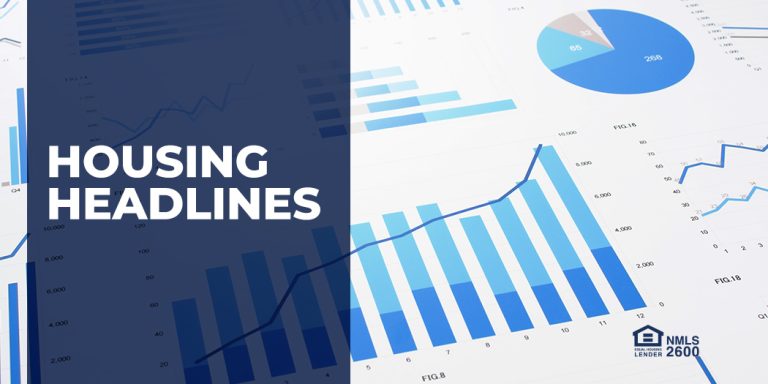Central Bank Step Down
Last Week in Review: Central Bank Step Down

This past week we watched interest rates improve nicely on the notion that central banks around the globe will be hiking rates less going forward. Let's break down what happened this week as we approach the important Fed meeting next Wednesday.
"We've made substantial progress in withdrawing accommodation" - European Central Bank (ECB) President, Christine Lagarde 10/27/22.
This was the line of the week. It suggests that the ECB is going to raise rates by less going forward. The global financial markets agreed as they are now pricing in a .50% ECB rate hike in December versus a .75% right before the announcement.
Why is this ECB move important?
Last Friday, the Wall Street Journal wrote an article that suggested our Federal Reserve is going to do the same thing next week...raise rates by .75% and shared that they will do less rate hikes going forward.
As a result of the "step down" or smaller future rate hike talk, yields around the globe moved lower.
3-Month T-Bill And 10-year Note Yield Inversion
There is a lot of chatter about yield curve inversions and the likelihood of a recession. Just this week the 3-month Bill and the 10-year Note yield inverted. This means, the 3-month T-Bill is yielding more than the 10-year yield. The Federal Reserve has acknowledged that they look at this metric as a sign of a recession ahead.
If there were another reason for the Fed to step down the size of future rate hikes, it is seen in the 3-month Bill and 10-year Note inversion.
The Case For The Fed "Step Down"
Besides other central banks around the globe signaling the likelihood of smaller rate hikes in the future, there are reasons the Fed could "step down" and reduce the size of rate hikes going forward.
Here they are:
- It is estimated that a Fed Rate hike takes about six months to have an impact on the economy. This means the Fed will likely raise the Fed Funds Rate by 3.50% in the second half of 2022 and those hikes have not even made an impact on an economy that is already slowing.
- The 3-month T-Bill/10-year Note yield inversion. The last time this happened back in 2019, the Fed "cut" rates six months later. We do not expect a rate cut, but we should certainly expect the Fed to pause on larger rate hikes and see what impact they now have since that a key metric has taken place, like this inversion.
- We can't afford it! With $31 trillion in government debt and $16.5 trillion household debt, we can't afford rates to move too high so the Fed will need to be careful with how high they lift rates.
- Housing has slowed dramatically and is a major driver of the economy. We do not need to see much lower rates to have a healthy housing market, we just need some clarity and stability and that could come with the Fed signaling a slowdown of larger rate hikes.
Looking Ahead
The main event is the Fed meeting next Wednesday at 2:00 p.m. ET. There will be multiple market reactions including one on the monetary policy statement, another at the 2:30 p.m. ET press conference from Fed Chair Powell and another more powerful one on Thursday morning. And if that were not enough, we will get the October Jobs Report next Friday.


